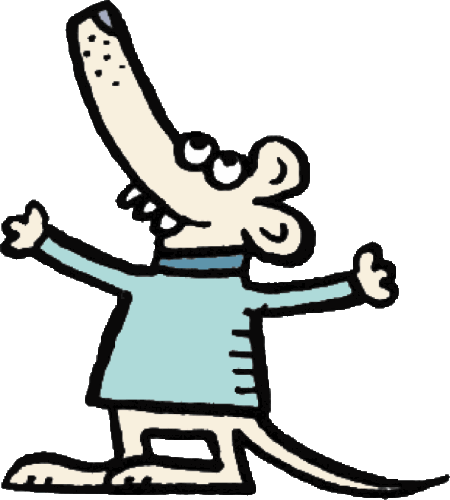Nouns and vocabulary
Objective
To explore the meaning of simple, everyday nouns, and how they relate to your experience of the world.
Activity 1
Look at this list of nouns: chair, fork, dog, house, person, football player
What do they all have in common?
Nouns like chair, fork, dog, house, person, football player are all things that we can see and touch.
They exist in reality and are observable. They are all examples of concrete nouns.
Can you think of another type of nouns that are not concrete?
This other type of nouns refers to ideas or feelings which we cannot see or touch.
Nouns like happiness, time or fear
Such nouns are called abstract nouns.
The box below contains concrete nouns and abstract nouns. Can you sort them into the correct group?
Activity 2
Another type of concrete noun are those naming places.
How many different words for places can you think of in a minute?
Here are some familiar names denoting places. Can you match them with their descriptions?
Answers
Activity 3
Look around the classroom and talk to your partner.
- How many concrete objects can you see that you can name using a noun?
- How many abstract nouns can you think of?
This lesson is adapted (with permission) from Words and Meanings: A Systematic Guide for the Teaching of English Vocabulary, by Gabriele Stein.
Welcome!

Englicious is totally free for everyone to use!
But in exchange, we ask that you register for an account on our site.
If you’ve already registered, you can log in straight away.
Since this is your first visit today, you can see this page by clicking the button below.
- Printer-friendly version
- Log in to view or leave comments

